The causes of joint destruction are diverse and often multifactorial, influenced by a combination of chronic inflammation, and lifestyle factors. There are numerous underlying health conditions that can cause joint damage and explain why this condition has become so widespread.
Below are some key factors that can cause joint issues, but whether your symptoms are new or chronic, make sure you get proper treatment, that involves physical and other restorative therapy tailored to your own needs. Early diagnosis and appropriate management of underlying conditions can help mitigate the impact of joint issues on individuals’ quality of life.
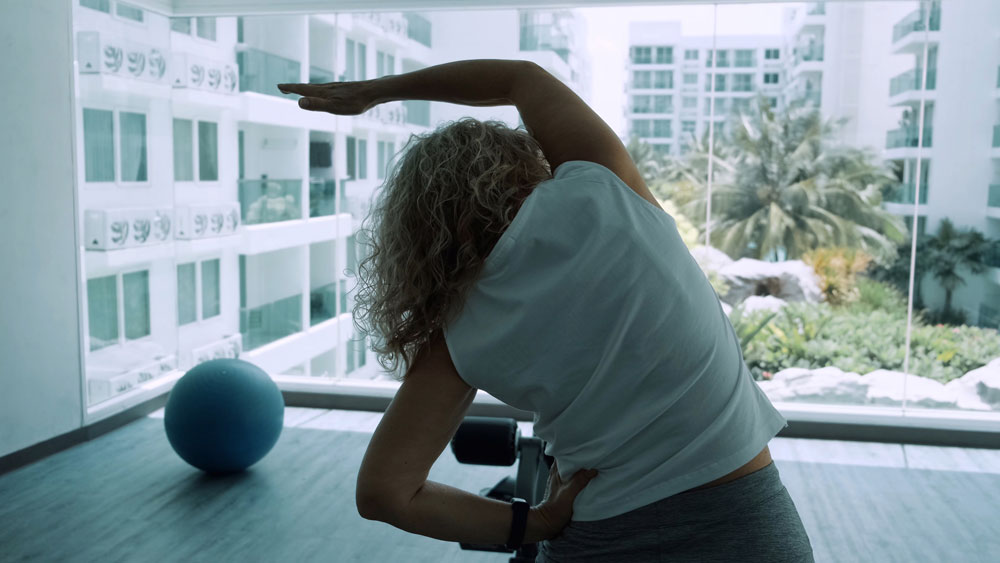
Causes of Destruction of the Joints
Obesity, autoimmune disorders, trauma and injuries, high stress levels, joint overuse, poor eating and sleeping habits, and aging can all lead to joint problems. While many of these can be managed, they are often ignored by many people. Here are some of them:
Chronic inflammation
Chronic inflammation is a long-term, persistent immune response that can last for months, or even years. This prolonged inflammation can contribute to the development and progression of various diseases, including rheumatoid arthritis.
Autoimmune disorder, metabolic and bowel diseases, chronic infections, cardiovascular conditions, causing the buildup of plaques in the arteries, chronic respiratory and neurological diseases can cause the destruction of the joints.
Please note that chronic inflammation, which can worsen joint conditions, may also be caused by certain foods. It’s important to avoid foods that negatively affect your arthritis.
Hormonal changes
This issue is often age-related, but not always. Hormonal fluctuations, especially in women during menopause, can affect joint health and contribute to conditions like osteoarthritis. During menopause, estrogen levels decline significantly in women. Estrogen plays a role in maintaining joint and bone health by promoting the production of collagen, a key component of joint tissues.
The reduction in estrogen levels during menopause is another cause of the destruction of the joints and is associated with an increased risk of osteoarthritis and joint discomfort.
Women can experience joints issues at a younger age as pregnancy also causes joint changes. During pregnancy, the body produces the hormone relaxin to help relax the uterine muscles and prepare for childbirth. However, relaxin can also affect joint laxity, leading to increased flexibility and, in some cases, joint instability. This hormonal influence is temporary and resolves after childbirth.
Physical inactivity can also cause the destruction of the joints
Physical inactivity does contribute to joint issues and potentially lead to the destruction of joints over time. Regular physical activity is absolutely essential for maintaining joint health, muscle strength, and lack of movement can have several negative effects on the musculoskeletal system.
This why physical inactivity can definitely cause the destruction of the joints and bone density loss. How this happens?
People are designed to move and be on the go. These days it is not always easy to achieve this.
The truth is that the more we move, the more flexible our joints and bones are.
- Physical activity helps distribute synovial fluid within the joints
- Reduces stiffness in the joints
- Reduces muscle weakness and atrophy
- Helps to stop weight gain and obesity. Excess body weight places added stress on weight-bearing joints
- Weight-bearing exercises and resistance training are essential for maintaining bone density.
Joint issues can be very serious. Make sure you seek medical advice for any joint-related and symptoms or problems.
Resources:
https://www.ncbi.nlm.nih.gov/pmc/articles/PMC8519272/
https://www.arthritis.org/health-wellness/healthy-living/family-relationships/family-planning/menopause-with-a-rheumatic-disease
https://www.arthritis.org/health-wellness/about-arthritis/related-conditions/physical-effects/inflammation-and-the-immune-system
This content comprises informative and educational resources only and can not be considered as a substitute for professional health or medical guidance. Reliance on any information provided in this article is solely at your own risk. If you have any inquiries or apprehensions about your medical condition or health goals, talk with a licensed physician or healthcare provider.


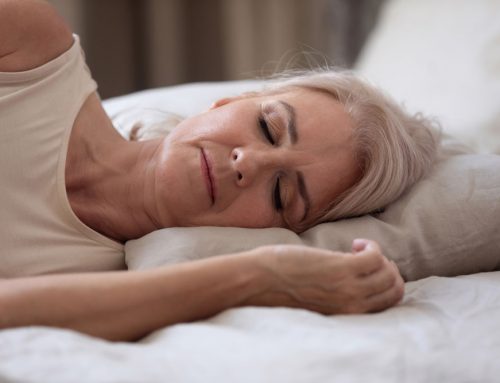
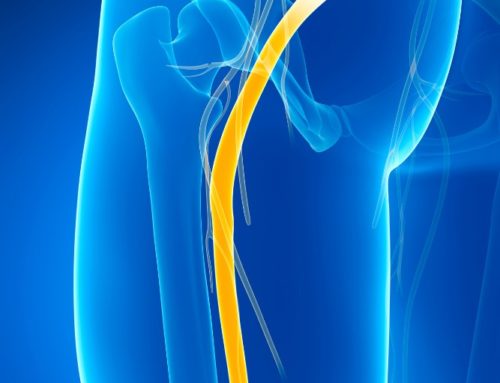
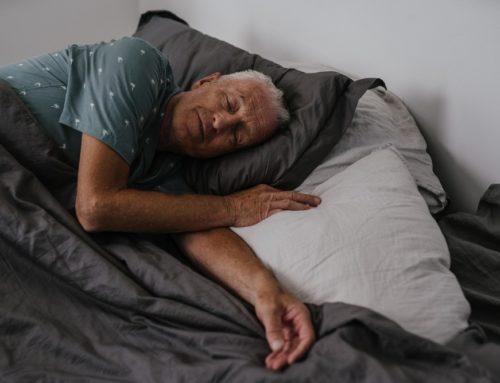
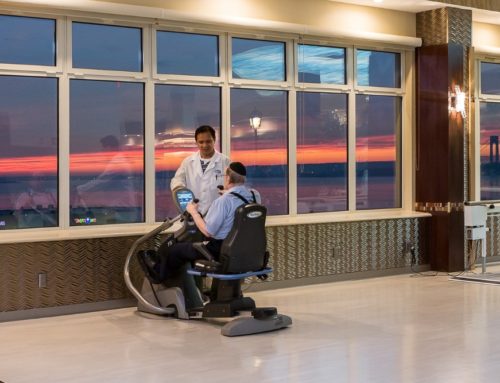
Leave A Comment